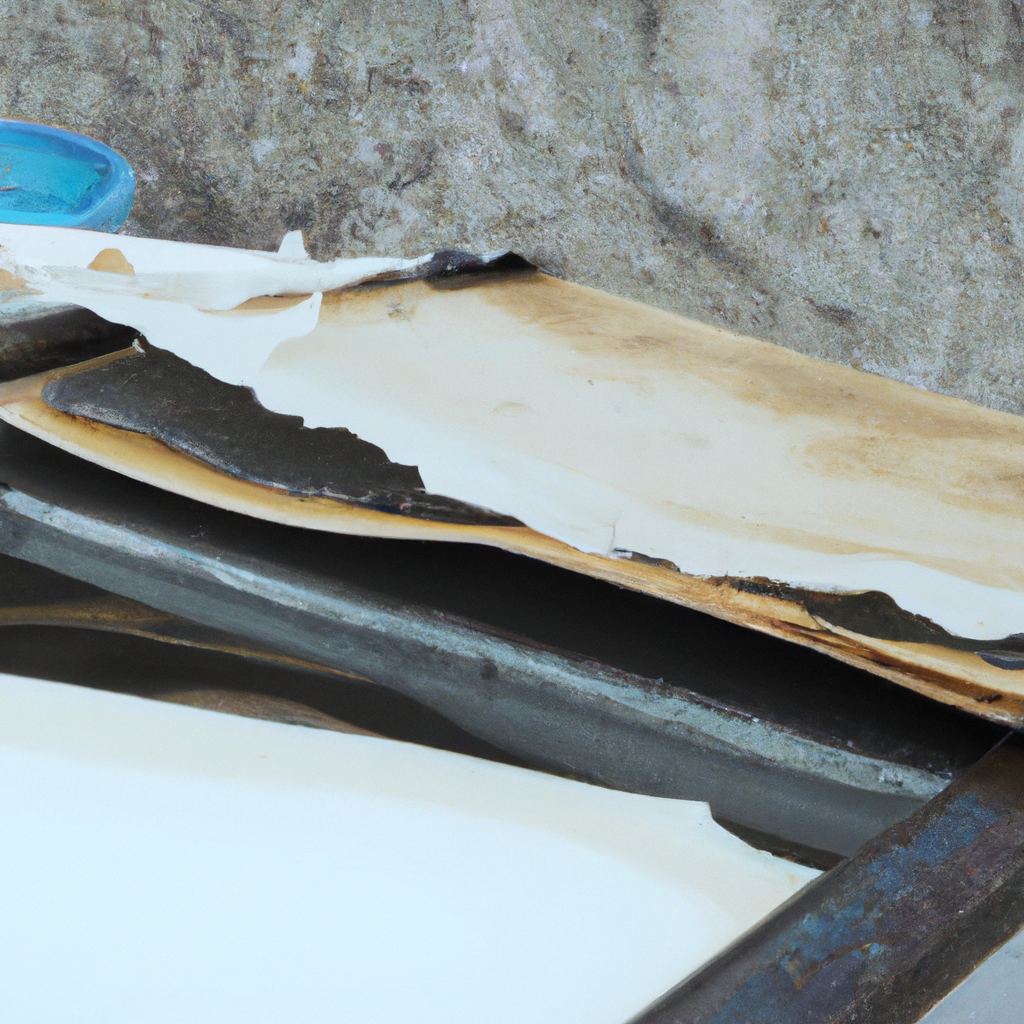Paper has been an integral part of our lives for centuries. From writing letters to creating art, paper has served us in various ways. While most of the paper we use today is commercially produced, there is still a demand for handmade paper. Handmade paper has a unique texture and character that cannot be replicated by machines. In this article, we will explore the process of making paper by hand and the techniques involved in creating handmade paper sheets.
The Paper Making Process:
Making paper by hand involves a series of steps that require patience, skill, and attention to detail. Here is a step-by-step guide to the traditional paper making process:
1. Preparation of Raw Materials:
The first step in making handmade paper is to prepare the raw materials. Typically, paper is made from plant fibers such as cotton, linen, or hemp. The fibers are soaked in water to soften them and remove any impurities. Once the fibers are cleaned, they are beaten to a pulp using a mortar and pestle or a blender.
2. Creating the Pulp:
To create the pulp, the fibers are mixed with water and beaten until they form a slurry. The consistency of the pulp can be adjusted depending on the type of paper being made. For example, thicker pulp is used for creating thicker paper, while thinner pulp is used for creating thinner paper.
3. Adding Color and Texture:
At this stage, artisans can add color and texture to the pulp by adding natural dyes, flowers, or other materials. This step is optional and depends on the desired outcome.
4. Forming the Paper:
Once the pulp is ready, it is poured onto a flat surface called a deckle. The deckle is placed on top of a mold, which is used to shape the paper. The pulp is spread evenly across the deckle, and excess water is drained off.
5. Pressing and Drying:
After the paper has been shaped, it is pressed to remove any excess water. The paper is then transferred to a surface where it can dry. This can be done naturally by hanging the paper outside or by placing it in a press.
6. Finishing:
Finally, the paper is trimmed and finished by smoothing out any wrinkles or imperfections. The finished product is a handmade paper sheet that is unique and one-of-a-kind.
Papermaking Techniques:
There are several techniques involved in creating handmade paper. These techniques can vary depending on the desired outcome. Here are some of the most common papermaking techniques:
1. Embedding:
Embedding involves adding decorative elements such as flowers or leaves to the paper pulp. This technique adds texture and interest to the finished product.
2. Layering:
Layering involves adding multiple layers of pulp to create a thicker paper. This technique is often used for creating paper with a unique texture.
3. Watermarking:
Watermarking involves creating a design or logo that is embedded into the paper. This technique is often used for creating custom stationary or business cards.
4. Adding Texture:
Artisans can add texture to handmade paper by using textured molds or by adding materials such as sand or glitter to the pulp. This technique creates a unique and interesting finish.
Handmade Paper Art:
Handmade paper is not only functional but also a beautiful medium for creating art. Here are some examples of handmade paper art:
1. Paper Sculptures:
Using handmade paper, artisans can create beautiful sculptures that are unique and one-of-a-kind. The texture and color of handmade paper add depth and interest to the finished product.
2. Collage:
Handmade paper can be used for creating intricate collages. The texture and color of the paper add depth and interest to the finished product.
3. Calligraphy:
Handmade paper is often used for calligraphy and lettering. The texture and color of the paper create a unique and interesting finish.
Papermaking Tutorial:
If you are interested in making handmade paper, there are several resources available online. Here is a basic tutorial on how to make handmade paper:
1. Gather Materials:
You will need plant fibers such as cotton or hemp, water, a blender or mortar and pestle, and a deckle and mold.
2. Create the Pulp:
Soak the fibers in water, and then beat them to a pulp using a blender or mortar and pestle.
3. Add Color and Texture:
Add natural dyes or other materials to the pulp to create color and texture.
4. Form the Paper:
Pour the pulp onto the deckle and mold, and shape the paper.
5. Press and Dry:
Press the paper to remove excess water, and then dry the paper.
6. Finish:
Trim the edges and smooth out any wrinkles or imperfections.
In conclusion, making handmade paper is a traditional process that requires skill and attention to detail. The process involves preparing the raw materials, creating the pulp, shaping the paper, pressing and drying, and finishing. There are several techniques involved in creating handmade paper, such as embedding, layering, watermarking, and adding texture. Handmade paper is not only functional but also a beautiful medium for creating art. With the right materials and techniques, anyone can make their own handmade paper sheets.







